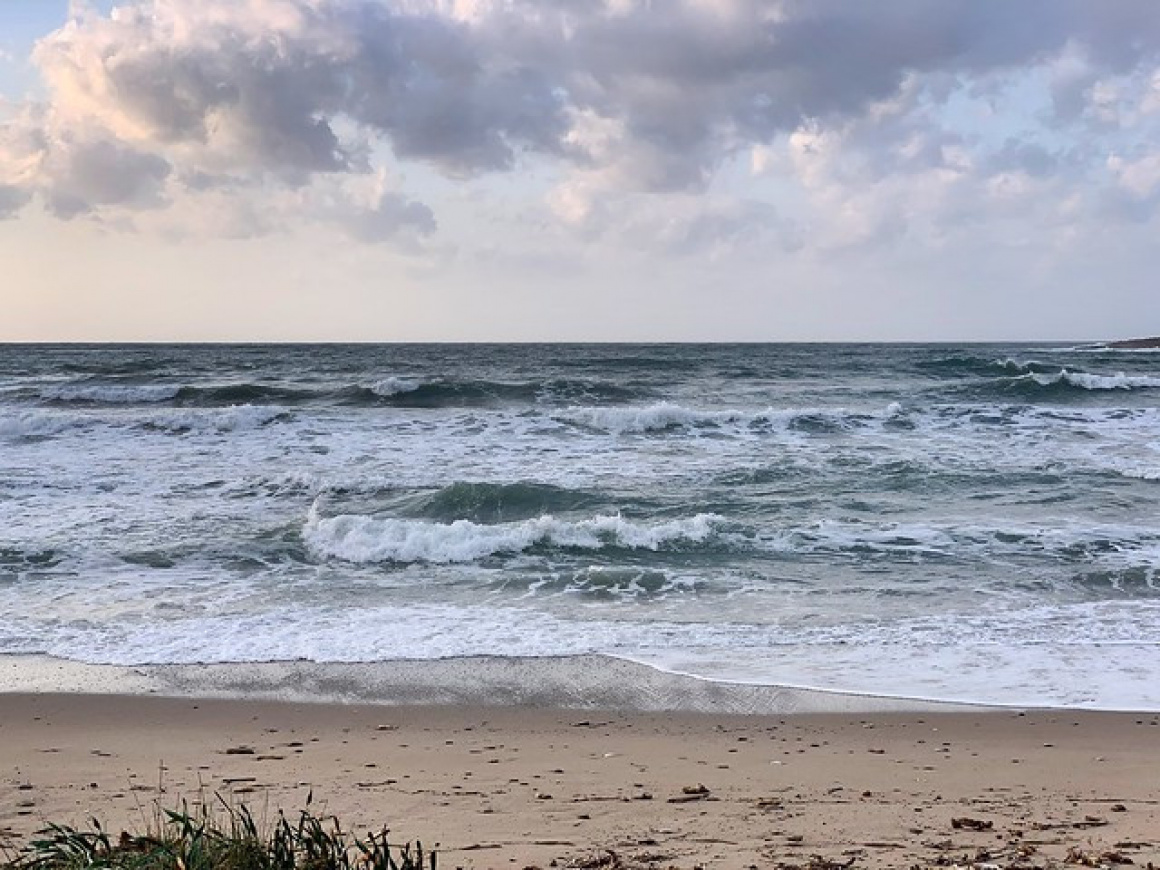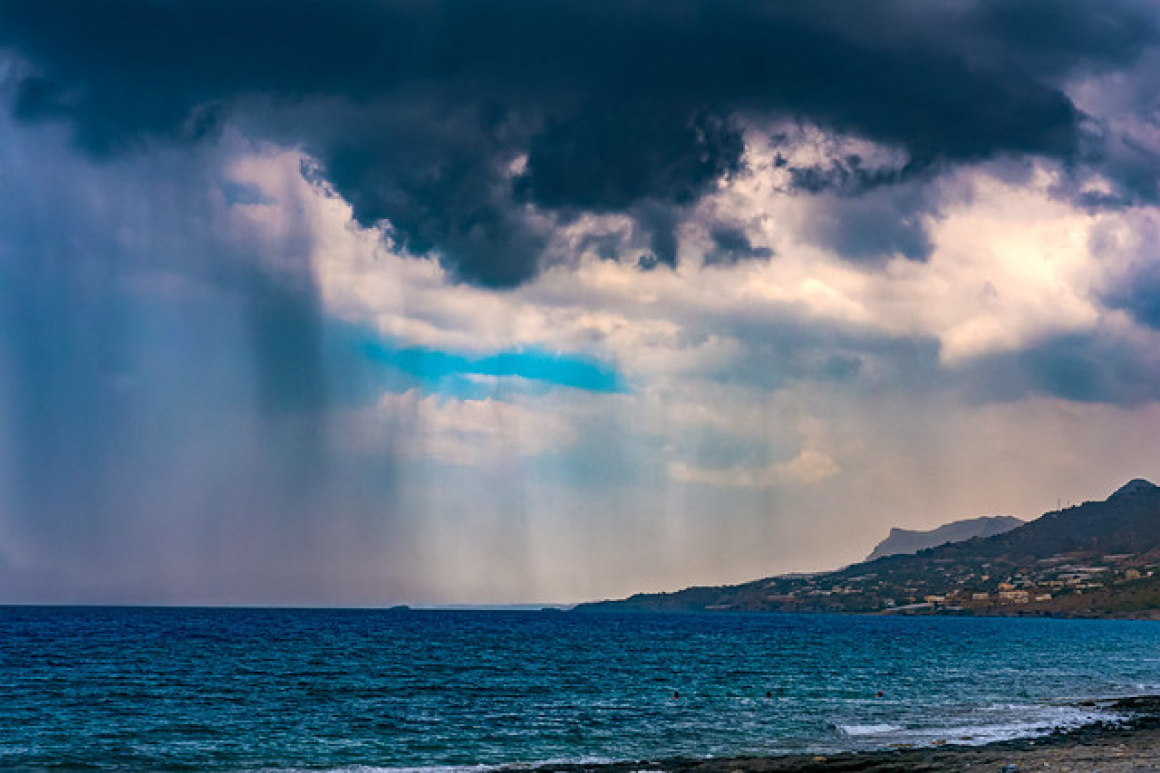January in Crete is the heart of winter: the coldest month on average, yet still relatively mild. Daily highs reach about 15 °C (59 °F) and lows dip to around 9 °C (48 °F) on the coast. Inland areas and higher elevations are colder – the mountains often receive snowfall in January, a beautiful sight visible from lower elevations on clear days. This is one of the wettest months, with around 90 mm of rain falling over roughly 10 days. You can expect periods of overcast skies and rain showers, sometimes accompanied by brisk north winds that make it feel chillier. Despite the rain, Crete still averages about 4 hours of sunshine a day in January, so it's not all gloomy, you'll get intermittent bright, crisp days. In fact, locals look forward to the “Halcyon Days” (Alkyonides), a short period in late January when the weather often turns unexpectedly calm and sunny for about a week, offering a delightful winter respite.

 'WINTER IN CRETE' - Attribution: Paul-Fogg
'WINTER IN CRETE' - Attribution: Paul-FoggThe sea around Crete is coolest in winter, about 16 °C (61 °F), far too cold for swimming unless you're very brave (or wearing a wetsuit). The beaches are quiet and windswept, while you won't be sunbathing, a walk on an empty beach with the winter waves crashing can be wonderfully invigorating. Practical tips: Pack a warm jacket, sweaters, and a waterproof layer for January. You'll want sturdy shoes for exploring, as trails can be muddy after rain. Many tourist resorts and beach bars are closed in winter, but city life continues normally. You can still find plenty of cafes, restaurants, and shops open in the main towns. It's an excellent time for museum visits and archaeological sites – for example, exploring the ancient ruins at Knossos Palace or wandering through the Heraklion Archaeological Museum is much more enjoyable now than in the summer crowds. You might even have these sites nearly to yourself! Overall, January offers an intimate look at Crete's local life and nature. Just embrace the slower pace and be prepared for mixed weather.


